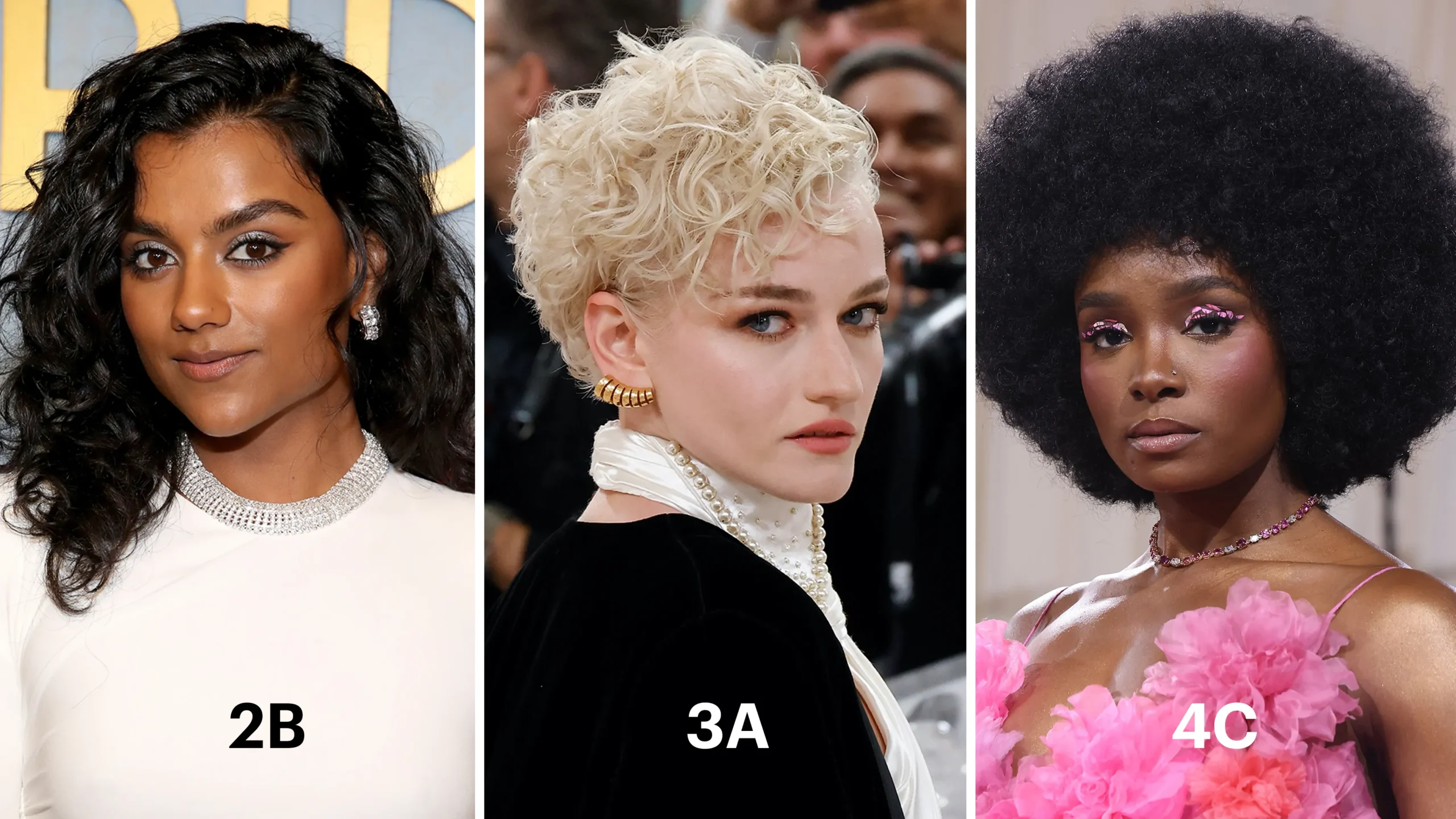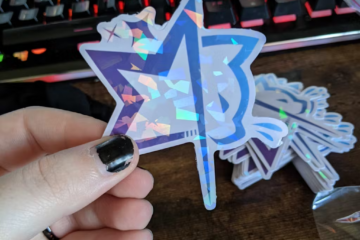Have you ever wondered why black hair comes in so many different textures and patterns? From loose waves to tight coils, black hair is incredibly diverse. But how do you figure out what kind of texture you have? That’s where the black hair texture chart comes in handy. In this article, we’ll dive into everything you need to know about the black hair texture chart—what it is, how it works, and how you can use it to better understand and care for your hair.
What Is the Black Hair Texture Chart?
You’ve probably heard about different hair types—Type 1, Type 2, and so on. But what does that really mean? The black hair texture chart is a tool that categorizes hair into different types based on curl pattern, texture, and thickness. This chart is especially useful for people with black hair because it acknowledges the unique qualities that make black hair so special. It’s like having a map for your hair, helping you navigate the twists and turns of your curls or coils.
The Different Hair Types on the Chart
So, what are these hair types? The chart breaks down into four main categories: Type 1, Type 2, Type 3, and Type 4. Each category has subcategories (A, B, and C) that dive deeper into specific textures within that type.
Type 1 Hair: Straight and Fine
Type 1 hair is the only category that features straight hair. It’s usually smooth, shiny, and doesn’t curl naturally. For people with black hair, this type is less common but not impossible. The hair is generally fine and has the least amount of volume compared to the other types.
Type 2 Hair: Wavy and Textured
Type 2 hair is where the waves start to come in. It’s not quite curly, but it has a noticeable texture. Wavy hair is generally easier to manage than curly or coily hair, making it a versatile option for different styles.
Type 3 Hair: Curly and Spiraled
Type 3 hair is curly, with well-defined S-shaped curls. This type is what many people think of when they imagine “curly hair.” The curls are often springy and can range from loose to tight.
Subtypes of Type 3 Hair
- 3A: Loose, large curls that are easy to manage.
- 3B: Medium-sized curls that are bouncier.
- 3C: Tight curls with lots of volume.
Type 4 Hair: Coily and Kinky
Type 4 hair is the most textured and coily. It’s also the most fragile, requiring extra care to maintain its health. This type of hair has a zigzag pattern and tends to shrink up when dry, making it look shorter than it really is.
Subtypes of Type 4 Hair
- 4A: Soft, springy coils.
- 4B: More of a Z-shaped pattern, with less defined curls.
- 4C: Tight, dense coils that are the most delicate.
How to Identify Your Hair Type
So how do you figure out where you fall on the chart? Start by examining your curl pattern. Is your hair straight, wavy, curly, or coily? Then, consider the texture—is it fine, medium, or coarse? Also, take note of how your hair reacts to water and products. Does it frizz easily? Does it shrink when it dries? All these factors will help you identify your hair type accurately.
Common Misconceptions About Black Hair Types
There’s a lot of misinformation out there about black hair. One common myth is that all black hair is coarse and hard to manage. In reality, black hair can be fine, medium, or coarse, just like any other hair type. Another misconception is that coily hair doesn’t grow as fast as straight hair. The truth is, all hair grows at the same rate, but coily hair’s natural shrinkage can make it seem shorter.
Best Products for Each Hair Type
Now that you know your hair type, what products should you use?
- Type 1: Lightweight products that won’t weigh down your hair.
- Type 2: Gels and mousses to enhance your natural waves.
- Type 3: Creams and leave-in conditioners to define curls.
- Type 4: Moisturizing oils and butters to keep coils hydrated.
The Rachel Green Haircut: Can It Work on Black Hair?
The Rachel Green haircut—made famous by Jennifer Aniston in the 90s—is a layered cut that added volume and movement to straight hair. But can it work on black hair? Absolutely! The key is to adapt the cut to your specific hair type. For example, if you have Type 3 or Type 4 hair, you might want to opt for longer layers to avoid adding too much volume. The result can be a chic, modern look that’s uniquely yours.
Tips for Caring for Your Hair Type
No matter your hair type, caring for black hair requires some special attention. Here are a few tips:
- Moisturize, Moisturize, Moisturize: Black hair tends to be drier, so keep it hydrated with oils and conditioners.
- Be Gentle: Use a wide-tooth comb to detangle and avoid rough towels when drying your hair.
- Protect Your Hair: Wear a satin scarf or use a satin pillowcase to reduce friction and prevent breakage.
- Trim Regularly: To avoid split ends, trim your hair every 6-8 weeks.
Conclusion
The black hair texture chart is more than just a guide; it’s a celebration of the diversity and beauty of black hair. Whether your hair is straight, wavy, curly, or coily, understanding your hair type can help you take better care of it. Embrace your natural texture, experiment with different styles, and find the products that work best for you. After all, your hair is a unique part of who you are—so wear it with pride.




